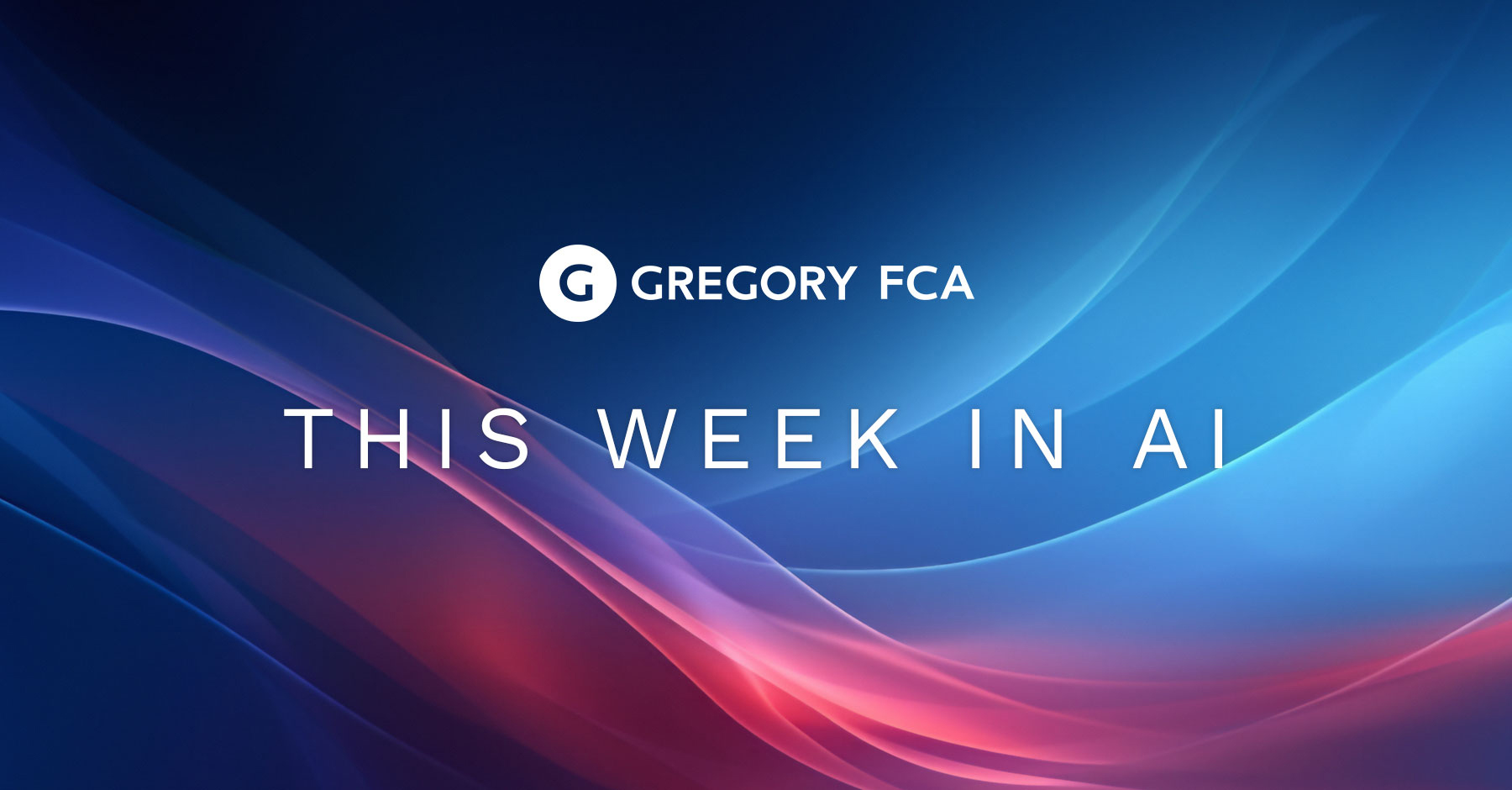Headlines You Should Know
 You Can Make a GPT For That
You Can Make a GPT For That
Chew on this: Last week, OpenAI gave its paying users the keys to create their own custom GPTs. Creators don’t need coding experience, just the ability to explain in plain language what they want their GPT to do.
Digging in: People have created all kinds of new bots already — from Simpsons-style art generators to more practical things like an economics tutor “powered by students and faculty from the University of Chicago’s highly ranked Economics program.”
Try it out: So, how does this apply to communications? That’s up to you! If you’re a paid subscriber of ChatGPT, you can create your own GPT here. You’ll see two boxes side-by-side. On the left, you give your instructions for what you want your GPT to be and how it should perform. On the right, you can preview how the GPT works in real-time.
The best GPTs will require some creativity. You can use all of ChatGPT’s capabilities like web browsing (users can provide a URL so your GPT knows everything on that site), the ability to upload files (if you want your GPT to ingest a dataset, look at an image, or read a document), or generate images using DALL·E 3.
Elsewhere …
- LISTEN: How AI Is Shaping Strategies and Workflows in Public Relations
- Generative AI Predicts Gene Sequences of COVID Variants
- YouTube to Require Creators to Disclose Use of Generative AI
- Humane Officially Launches the AI Pin, Its OpenAI-Powered Wearable
- Meet Maria and Janet, the Latest AI HR Professionals
- This AI Robot Chemist Could Make Oxygen on Mars
Quote of the Week
“This stuff is going to diffuse throughout the economy. It’s going to separate winners from losers, and it’s going to turbocharge the winners faster than you and I have been expecting based on the past 25 years of technology.”
— Andrew McAfee, a Principal Research Scientist at MIT, in an interview with Fortune CEO Alan Murray
